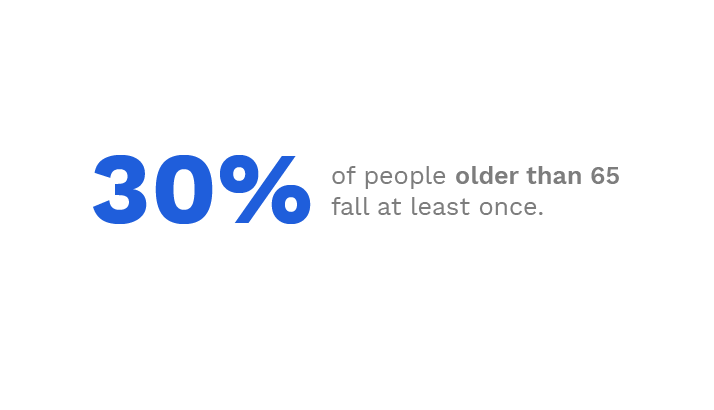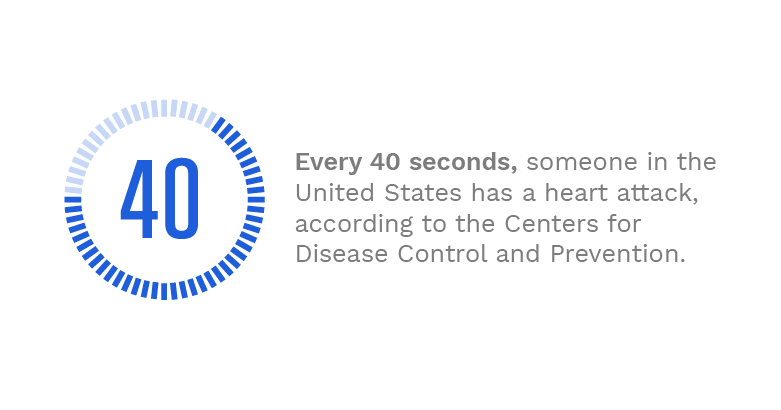For millions of Americans, the pandemic disrupted an appointment with a doctor, or cancelled a scheduled procedure or test.
This was particularly true for older adults, with nearly three out of ten adults over 50 delaying care for coronavirus-related reasons in 2021.
But while many Americans have since rescheduled appointments and surgeries, a significant number of seniors – particularly those who aren’t vaccinated – haven’t returned to the doctor. According to a recent study by the Institute for Healthcare Policy and Innovation, many older adults have yet to receive the preventative care or treatment that had been scheduled the previous year.

This lingering impact of the pandemic has serious consequences for providers.
Routine care avoidance means missed opportunities for management of chronic conditions, receipt of routine vaccinations, or early detection of new conditions, according to the Centers for Disease Control and Prevention. In addition, the PwC Health Research Institute’s 2022 annual medical cost trend report cites deferred care as the first major factor driving increased healthcare spending.
Overall, delayed care could worsen health outcomes and increase healthcare costs.
More provider health systems are turning to predictive analytics to provide forward-looking insights that help them intervene earlier and enact personalized and preventative care strategies.
Here are the top three predictive models for providers to improve senior health and lower costs:
1. Fall Risk
Falls are a leading cause of injury and accidental death among people older than 65, and often lead to costly emergency room visits and long-term treatment.
According to the World Health Organization, fall incidents are the third-leading cause of chronic disablement in older people. And annually, about 30% of people older than 65 fall at least once, and 15% fall at least twice.

The causes of these falls can be many, from impairments in balance and strength to chronic disease or the use of psychotropic medications.
Predictive modeling measures a patient’s fall risk, enabling healthcare organizations to stratify patients and direct proactive care resources toward those who will benefit most. Providers are able to address the factors that could lead to a fall, connecting a patient to the right resources before a costly emergency room visit or injury occurs.
2. Heart Attack Probability
Predictive insights are crucial to detecting those at risk for heart attacks before a hospitalization or even death occurs.

With this deeper understanding of emerging risk and its main drivers, providers can shift to preventative strategies including proactive, personalized engagement and educational outreach. Earlier interventions driven by forward-looking insights can also help prevent the onset of other associated conditions.
3. Hip Replacement Surgery Risk
Hip replacement surgery has become a more common way to treat osteoarthritis or other conditions causing pain in the hips.
In recent years, hip replacements have skyrocketed, surging in particular among older age groups but also among athletic younger people. For instance, the rate of total hip replacement more than doubled for those aged 45–54 between 2000 and 2010, according to the CDC. And that rate is expected to continue to rise as the population in general ages.

Predictive insights that demonstrate the likelihood of surgery provide clinicians the ability to design more effective outreach strategies so that those experiencing hip pain can make healthy and informed treatment decisions with their doctor before surgery becomes necessary.
Did You Know?
Certiltyics’ “Hip Replacement Surgery Model” predicts the likelihood of a surgery in the next year. Certilytics’ “Heart Attack Probability” model calculates the risk that a member will suffer a heart attack within the next 12 months while our “Fall Risk” Model predicts the likelihood of a fall.
For a free consultation with our team of experts on how you can leverage predictive insights to transform your organization, reach out to us at contact@certilytics.com.









